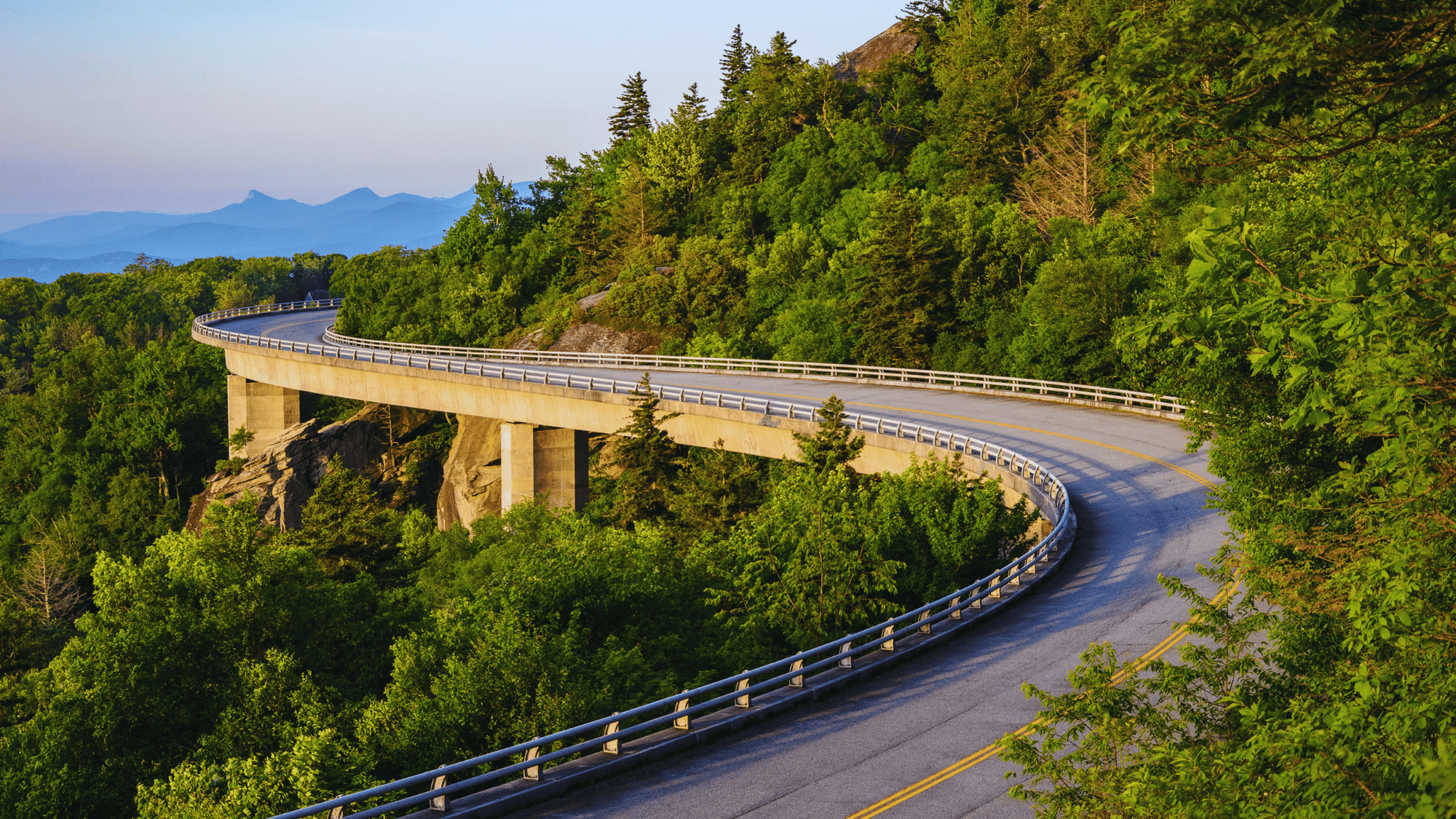Blue Ridge Thread Blog
Recovery Efforts in Western North Carolina Following Hurricane Helene
Recovery Efforts in Western North Carolina Following Hurricane Helene
In the aftermath of Hurricane Helene, Western North Carolina has embarked on an inspiring journey of recovery and rebuilding. The storm unleashed torrential rains, fierce winds, and widespread flooding, leaving behind damaged homes, infrastructure, and livelihoods. Despite these challenges, the region’s resilience and community spirit have been key to the ongoing recovery efforts.
The Immediate Impact and Initial Response
Hurricane Helene’s heavy rains caused flash flooding across Western North Carolina, particularly in areas like Asheville, Boone, and Cherokee County. Landslides blocked critical mountain roads, isolating some communities and complicating rescue efforts. Thousands faced power outages, and many families were displaced from their homes.
In response, emergency shelters were established by the American Red Cross (Red Cross Disaster Relief), offering food, water, and temporary housing to those affected. FEMA also quickly mobilized resources, providing financial aid for homeowners and business owners through programs like the Individual Assistance Program (FEMA Assistance).
Community-Driven Recovery Efforts
Western North Carolina residents and organizations have stepped up to support one another. Local nonprofits, such as Mountain True (Mountain True Flood Response), have been instrumental in organizing cleanup events, restoring waterways, and addressing environmental damage caused by the storm.
Meanwhile, the North Carolina Emergency Management (NCEM Recovery Resources), in partnership with county governments, is coordinating debris removal, repairing public infrastructure, and assessing long-term mitigation needs.
Volunteer groups like Team Rubicon (Team Rubicon Volunteer Opportunities) have also joined the effort, providing hands-on assistance with home repairs and cleanup for families unable to afford professional help.
Rebuilding for the Future
Recovery from Hurricane Helene isn’t just about rebuilding what was lost; it’s about preparing for the future. Projects to stabilize mountainsides, improve drainage systems, and enhance emergency response infrastructure are underway. Local governments and nonprofits are advocating for sustainable practices to reduce vulnerability to future storms.
Residents are encouraged to take advantage of resources like the National Flood Insurance Program (FloodSmart.gov) and to consider structural improvements that make homes more storm-resistant.
How You Can Help
You don’t have to live in Western North Carolina to support its recovery. Here’s how you can contribute:
• Donate: Organizations like the American Red Cross and United Way of Asheville and Buncombe County are accepting monetary donations to help displaced families.
• Volunteer: Join efforts through groups like Team Rubicon or Mountain True.
• Support Local Businesses: Many small businesses in the region are struggling to recover. Buying from local shops or donating to business recovery funds can make a big difference.
Resilience in Action
While the scars left by Hurricane Helene remain visible, so does the resilience of Western North Carolina’s communities. With continued support and dedication, the region is not only recovering but building back stronger than ever.
For more information and to stay updated on recovery efforts, visit NC Emergency Management and FEMA Hurricane Helene Recovery.

Discover the Best Spring and Summer Drives on the Blue Ridge Parkway
Discover the Best Spring and Summer Drives on the Blue Ridge Parkway
The Blue Ridge Parkway, often called "America’s Favorite Drive," offers some of the most breathtaking scenic drives in the United States, especially during the spring and summer months. Stretching 469 miles through the Appalachian Mountains, from Virginia to North Carolina, this iconic route is a haven for nature lovers, photographers, and anyone looking to escape into the beauty of the great outdoors. Here are some of the best drives along the Blue Ridge Parkway during the vibrant seasons of spring and summer.
1. Peaks of Otter to James River
Starting your journey at the Peaks of Otter (Milepost 86), you’re greeted by picturesque views of the surrounding peaks and serene Abbott Lake. Springtime brings blooming wildflowers, while summer offers lush greenery. Continue north to the James River (Milepost 63.8), where the lowest point on the Parkway provides a refreshing change of scenery with its calm waters and opportunities for picnicking and leisurely walks along the river.
2. Asheville to Mount Mitchell
One of the most popular sections of the Blue Ridge Parkway runs from Asheville, North Carolina, to Mount Mitchell (Milepost 355.4). Asheville’s vibrant arts scene and culinary delights are a great starting point. As you drive north, the road climbs higher, leading you to the highest peak east of the Mississippi River, Mount Mitchell. Spring brings a tapestry of colorful rhododendrons and azaleas, while summer provides cool mountain air and panoramic views that stretch for miles.
3. Grandfather Mountain to Linville Falls
The stretch from Grandfather Mountain (Milepost 305) to Linville Falls (Milepost 316) is a must-see. Grandfather Mountain is famous for its Mile High Swinging Bridge and wildlife habitats. The drive south to Linville Falls showcases stunning vistas of rugged cliffs and dense forests. The falls themselves are a highlight, where you can hike to various viewpoints to witness the powerful cascade.
4. Craggy Gardens to Little Switzerland
Between Craggy Gardens (Milepost 364.4) and Little Switzerland (Milepost 334), the Parkway reaches some of its highest elevations. Craggy Gardens is renowned for its Catawba rhododendron blooms in late spring. The drive through this area offers cool, misty conditions in summer, a welcome respite from the heat. Little Switzerland provides quaint charm and an array of local crafts and dining options.
5. Roanoke to Mabry Mill
Heading south from Roanoke, Virginia, towards Mabry Mill (Milepost 176.1), you’ll pass through some of the Parkway’s most iconic scenery. Mabry Mill is one of the most photographed spots on the Blue Ridge Parkway, especially stunning in spring and summer when the surrounding foliage is lush and vibrant. The historic mill offers demonstrations and a glimpse into the region’s past.
Tips for Your Drive
Plan Ahead: Check for any road closures or maintenance updates on the official Blue Ridge Parkway website.
Pack Essentials: Bring water, snacks, and a map, as some areas have limited services.
Respect Nature: Follow Leave No Trace principles to keep the Parkway beautiful for everyone.
Spring and summer on the Blue Ridge Parkway offer unparalleled beauty and tranquility. Whether you’re seeking adventure, relaxation, or simply a scenic escape, these drives promise unforgettable experiences. So, pack your bags, hit the road, and immerse yourself in the natural splendor of the Blue Ridge Parkway.
Cruisin' in the Blue Ridge Shirt - Get inspired by your drive on the Blue Ridge Parkway with our exclusive t-shirt design featuring a bear and an elk driving on the parkway.
